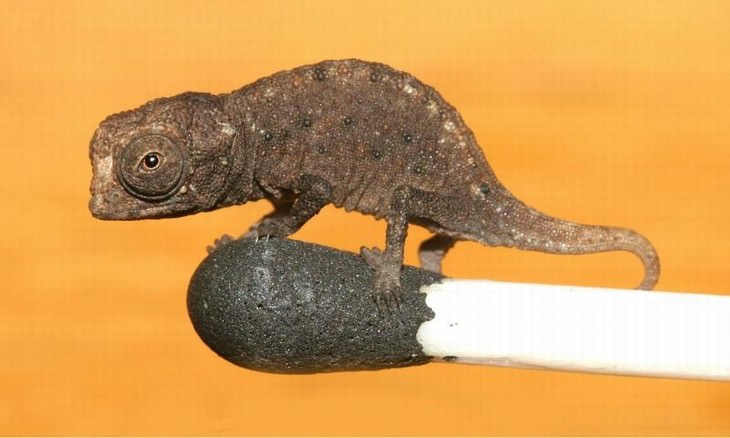1. Micro Chameleon (Brookesia Micra)
Discovered in: 2012
These adorable little chameleons are the smallest of their kind and they don't get longer than 29 mm (1.1 in), just small enough to fit on the head of a match. The only place they live is on the islet of Nosy Hara in Antsiranana, Madagascar.
2. Grizzly-polar bear hybrid (U. maritimus × U. arctos)
Discovered in: 2010
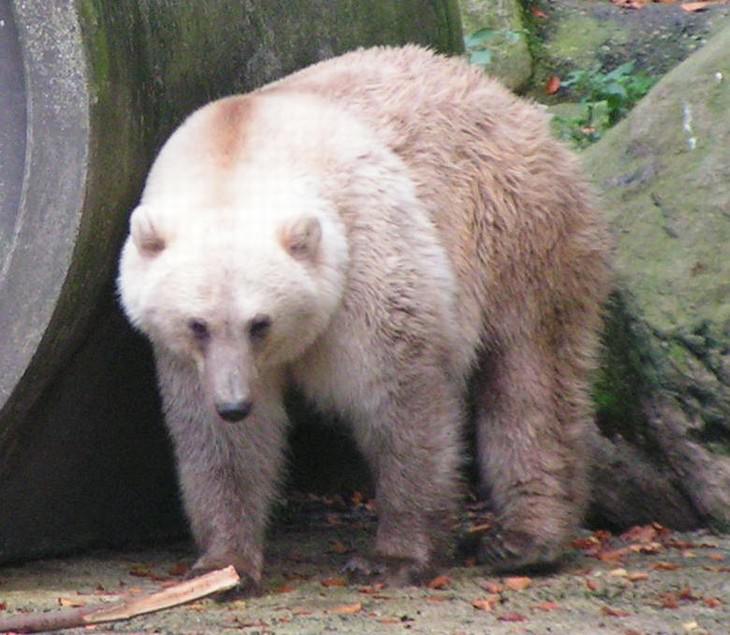
Though this specific animal is not an independent species per se, we still wanted to include it on this list, as rumors of grizzly and polar bear hybrids have a long history. In 2006 scientists have even conducted a DNA test of a suggested hybrid, but this was believed to be a rare find.
It wasn't until 2010 and later, however, that several other identifiable hybrids have come to light and the animal was officially recognized. What's left now is to settle with one name for the teddy, as for now, we encountered at least four: grolar bear, polizzle, pizzly bear, nanulak.
3. 'Metallic-Blue Tarantula' (Chilobrachys jonitriantisvansicklei)
Discovered in: 2019
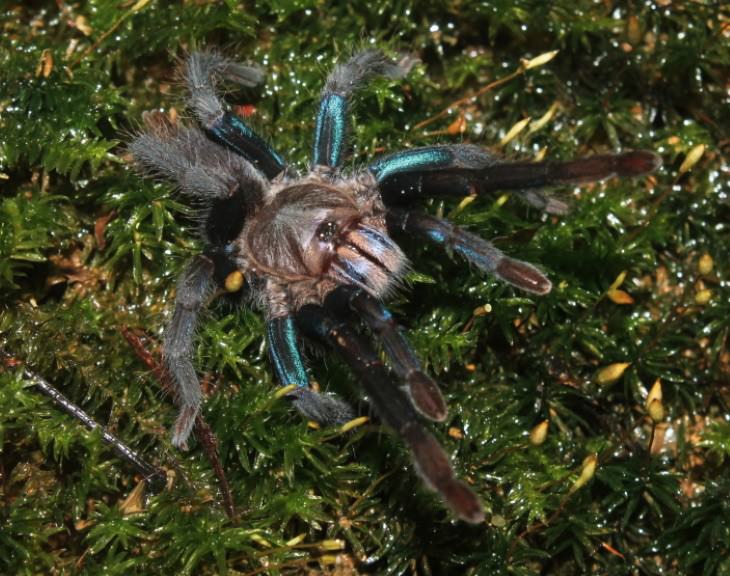
Just in case you're wondering, this is not the first known blue tarantula species, but the metallic blue legs of this arachnid are one of a kind, which suggests that they're likely a new species. The animal is native to Sri Lanka and it's the first new tarantula species found in the area in 126 years.
4. Tropeiro Seedeater (Sporophila beltoni)
Discovered in: 2013
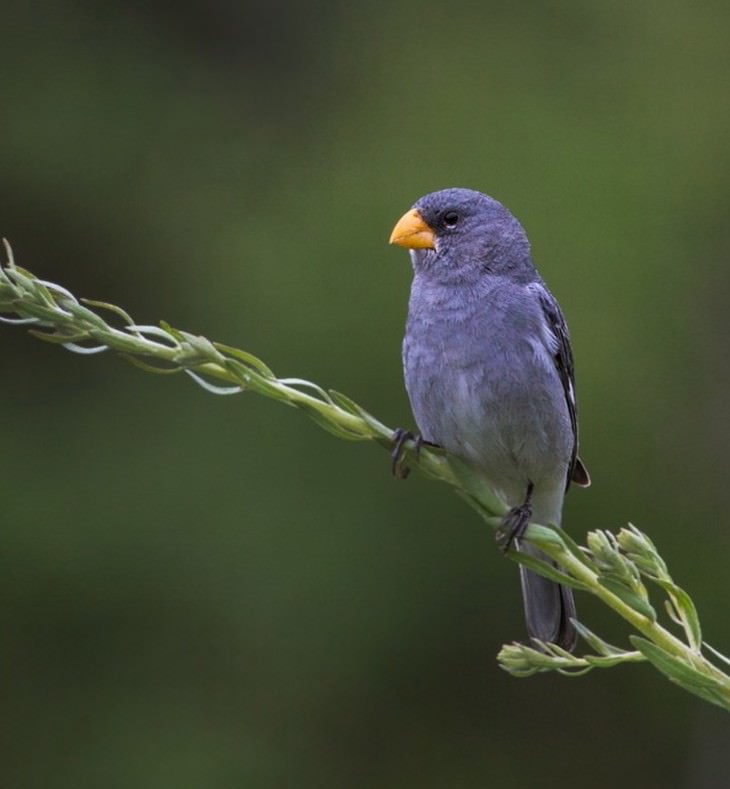
Native to Brazil, the newly discovered Tropeiro seedeater can be distinguished from other seedeaters by the bluish-gray plumage and a bright yellow beak. What a gorgeous bird!
5. Tosanoides aphrodite
Discovered in: 2018

This beautiful fish can be easily distinguished by its electric pink, purple and yellow coloring, and it is believed to live in reefs across the Atlantic, although it was first discovered off the coast of Brazil. The fish is the lone species in its genus, and it's named after Aphrodite, the Greek goddess of love and beauty.
6. The Matilda Viper (Atheris matildae)
Discovered in: 2010
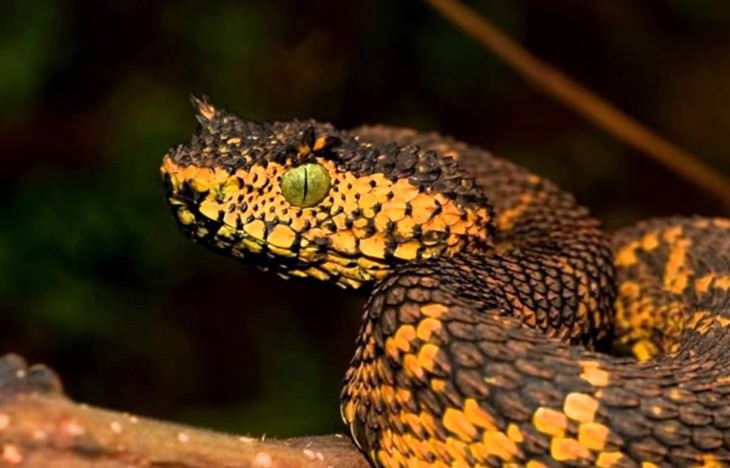
This tree snake is native to Tanzania and it has a distinctive coloring. When fully grown, the snake can reach a meter (around 3 feet) in length on average. The snake is known to have quite a mellow nature, but may also be poisonous, so we don't recommend coming in contact with it if you happen to be roaming Tanzanian forests.
7. Myanmar snub-nosed monkey (Rhinopithecus strykeri)
Discovered in: 2010
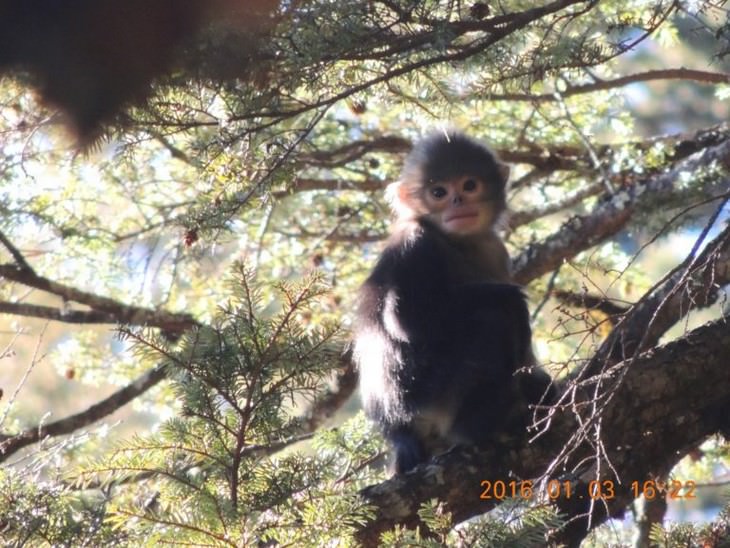
These fluffy little primates were discovered in northern Myanmar just a decade ago, but they've already been labeled critically endangered due to deforestation and hunting. Like other snub-nosed monkeys, these have a very characteristic feature: instead of a nose, they only have visible nostrils.
8. Western striolated puffbird (Nystalus obamai)
Discovered in: 2013
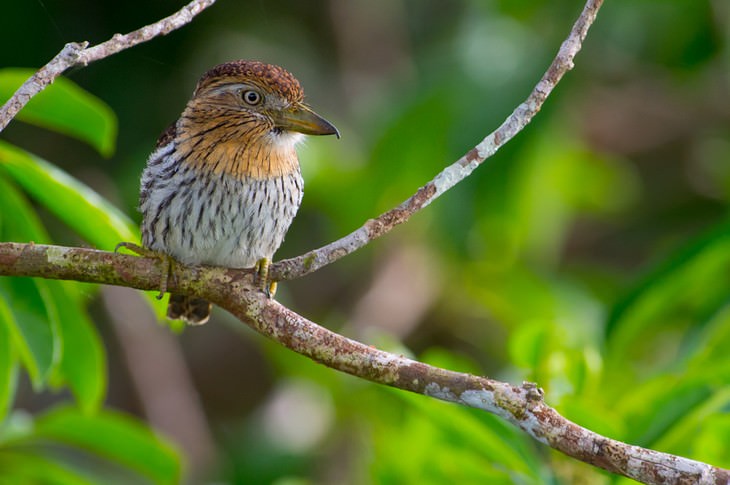
This South American bird lives throughout the lowland forests of Bolivia, Colombia, Ecuador, Peru, and western Brazil. Interestingly, it was named after the 44th US president, Barack Obama.
9. Cat-Eyed Cardinal Fish (Siphamia Arnazae)
Discovered in: 2019
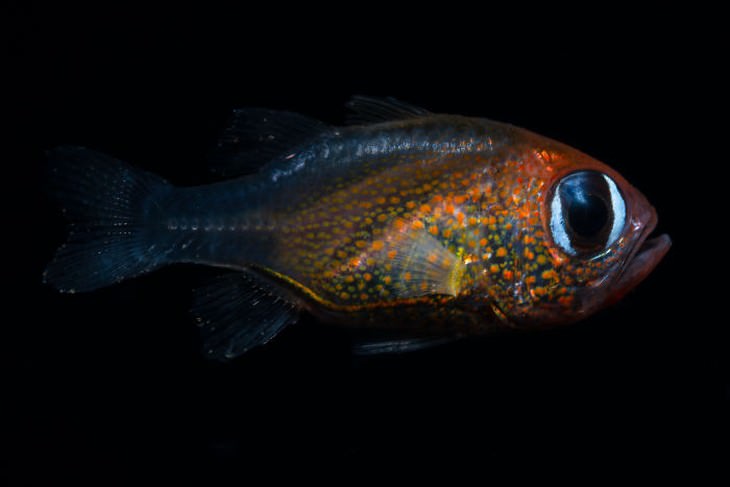
This new species of cardinalfish recently discovered in Papua New Guinea has characteristic large eyes, for which it earned its name.
10. Scalloped Hammerhead Shark (Sphyrna lewini)
Discovered in: 2012
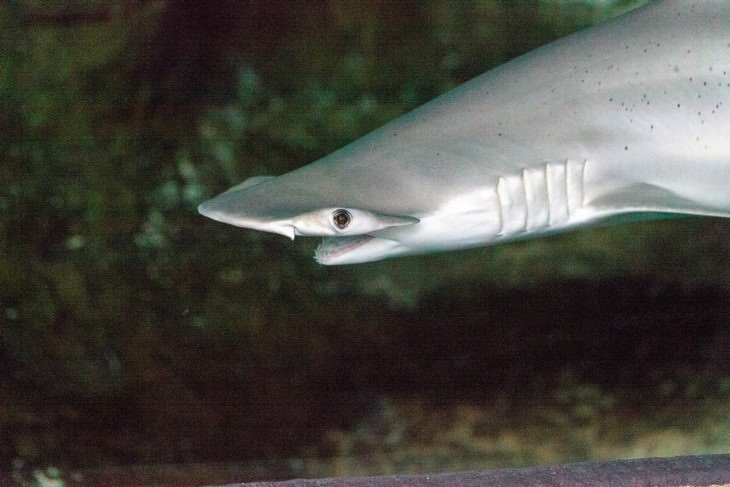
It turns out that there is not one, but two different species of hammerhead sharks, with scientists finding this new variety of the curious-looking shark off the Brazilian coast, but they think that these sharks can also be found in other areas of the Atlantic ocean. Both species are endangered due to finning and fishing.
11. Kayan River Slow Loris (Nycticebus kayan)
Discovered in: 2013
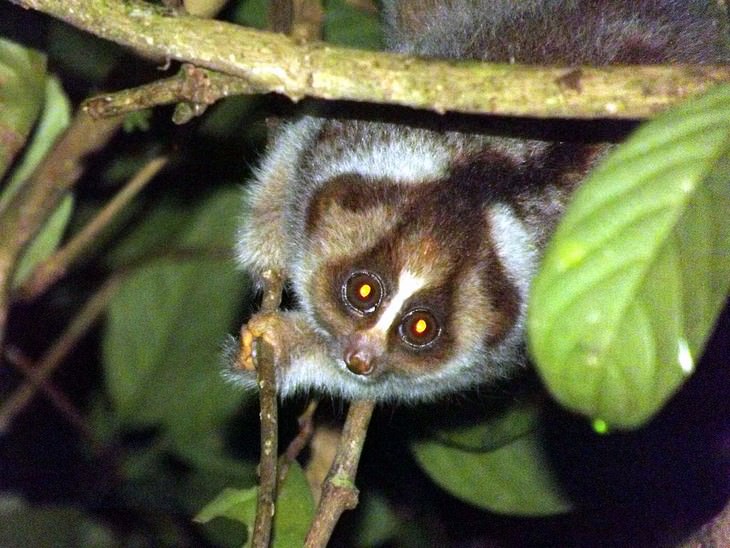
Lorises are small tree-dwelling primates, and this adorable little fella is distinguished by its striped coat and eye color. The new species lives around the Kayan River located on the islands of Borneo. They're quite tiny, reaching only 273.4 mm (10.8 in) in length and weighs only 410.5 g (0.9 lb).
12. Satpura Leopard Gecko (Eublepharis satpuraensis)
Discovered in: 2014
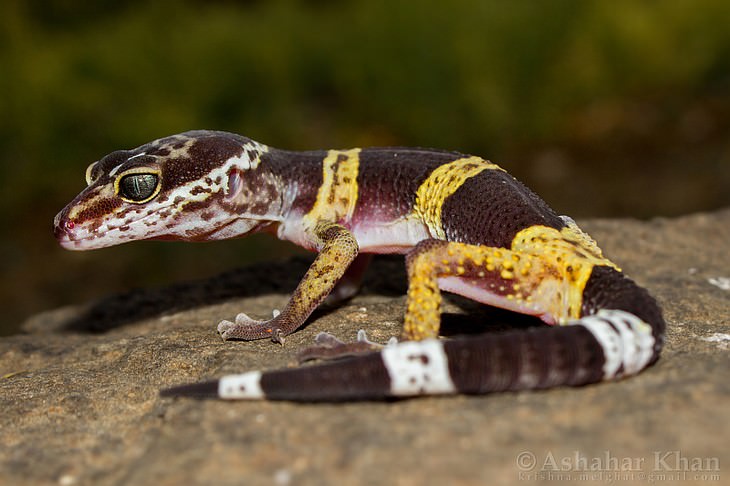
The Satpura Leopard Gecko resides exclusively in Madhya Pradesh in India. It's a medium sized gecko, reaching an average length of 13 cm (5 cm).
13. Tapanuli orangutan (Pongo tapanuliensis)
Discovered in: 2017
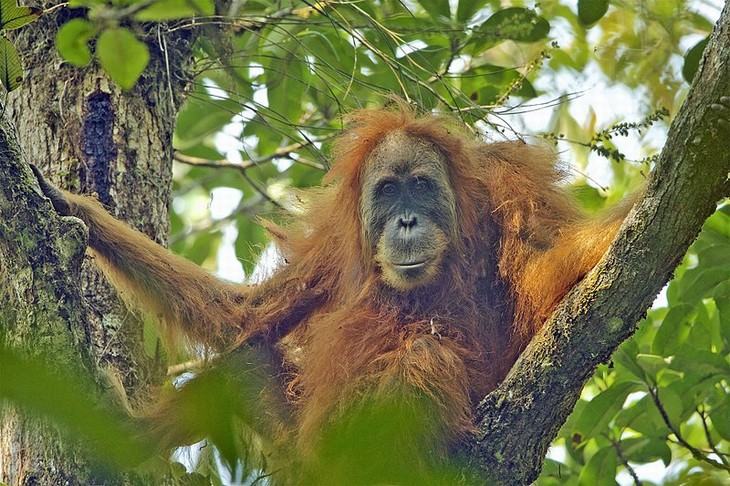
Until not so long ago, we believed that only two species of orangutans exist on the planet until a third, distinct one was found on the island of Sumatra in Indonesia. Orangutans are among the most intelligent animals on the planet, but unfortunately, there are also critically endangered.
14. Rupicolous Girdled Lizard (Cordylus Phonolithos)
Discovered in: 2019
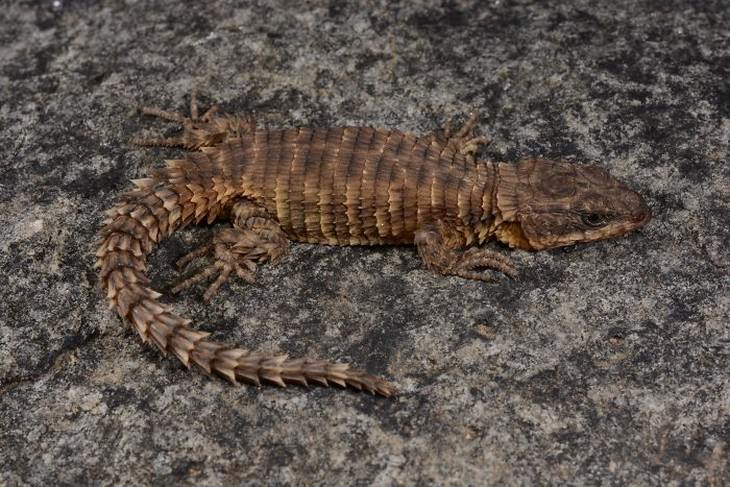
This mini dragon has been discovered only recently in southern Angola. Unfortunately, we know little about this sun loving little fella since it's been found so recently.
15. Chico's Tyrannulet (Zimmerius chicomendesi)
Discovered in: 2013
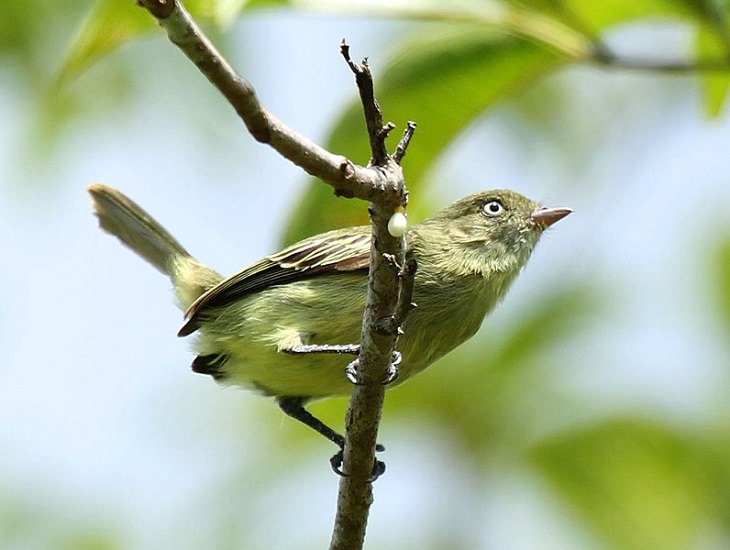
This fierce little fella is endemic to the area of Rio Madeirinha in Brazil, and it favors tropical and subtropical forests. The bird was named after rubber tapper and environmentalist Chico Mendes.
16. Manicore Warbling-Antbird (Hypocnemis rondoni)
Discovered in: 2013
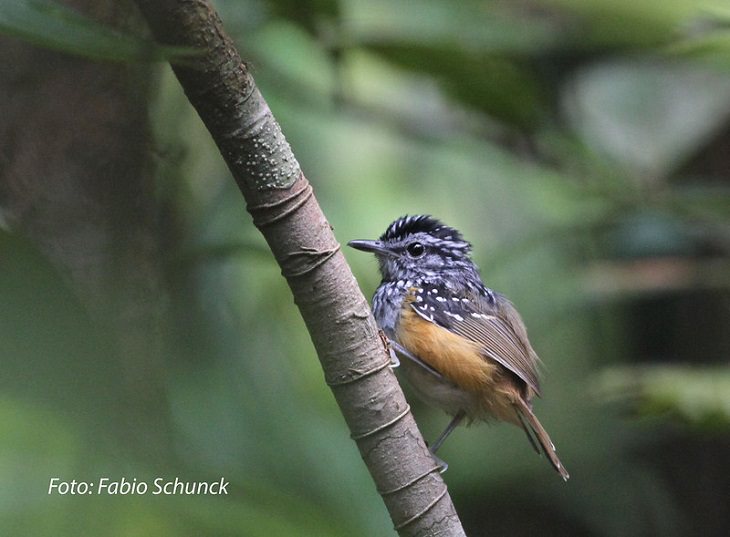
Much like the previous bird, the Manicore Warbling-Antbird, is from Brazil as well, favoring lowland forests and feeding exclusively on insects.
17. Vanguru Giant Rat (Uromys vika)
Discovered in: 2017
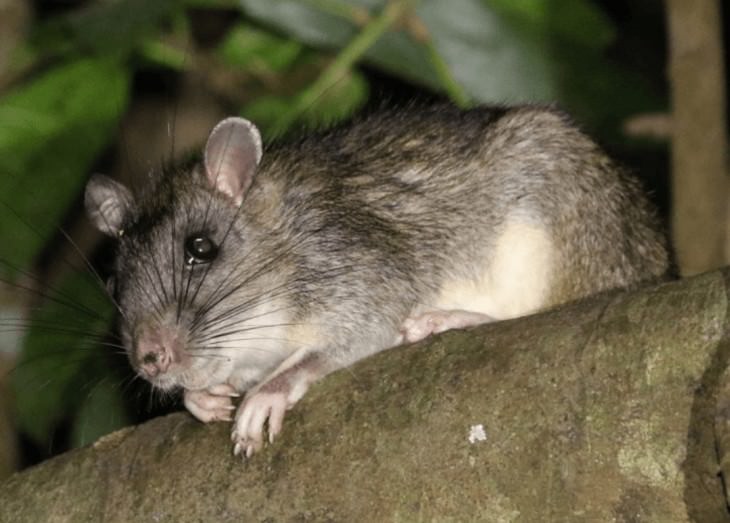
As you can tell from this list, it is rare that we find new mammalian species these days, so discovering an enormous tree-dwelling rat that feeds on fruit on the island of Vangunu in the Solomon Islands was unexpected, to say the least. There are only a few of these animals on the planet, and the only specimen found measured 46 cm (18.5 inches) long and weighed about 1 kg (2.2 lbs).
18. The Psychedelic Gecko (Cnemaspis psychedelica)
Discovered in: 2011
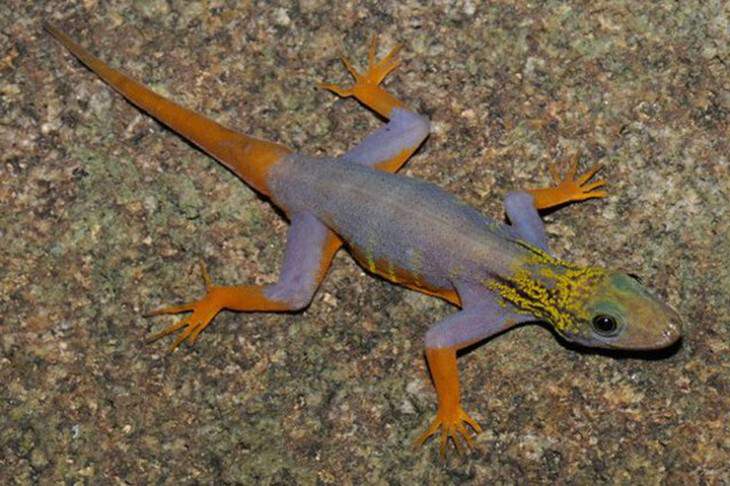
When it comes to these fun-colored reptiles, their home is the Hon Khoai island in Vietnam. Unfortunately, there are only around 500 of these beauties left in the world.
19. Olinguito (Bassaricyon neblina)
Discovered in: 2013
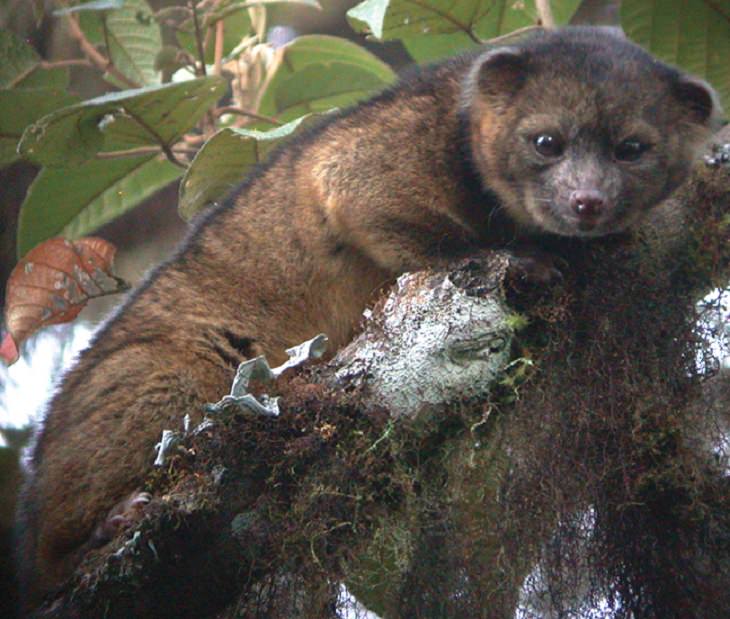
The Olinguito is the first carnivorous animal species to be found in the Western Hemisphere in the last 35 years, and it's only a bonus that it also looks like a mixture of a teddy bear and a cat. These adorable fellas are related to raccoons and they reside in the Andes, namely in the forests of western Colombia and Ecuador.
20. Garuda Wasp (Megalara garuda)
Discovered in: 2012
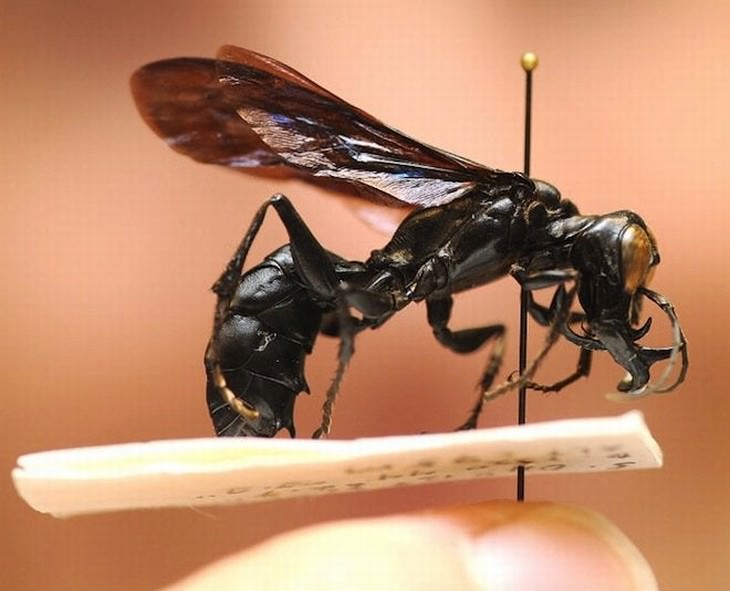
These creepy looking insects look like something from a horror movie. Alas, they're very real, but luckily, these mega wasps only live only in the Indonesian island of Sulawesi, and only in its southeastern park. Still, we're quite impressed by this creepy-crawly, and we fully understand why it's colloquially known as "king of wasps".

